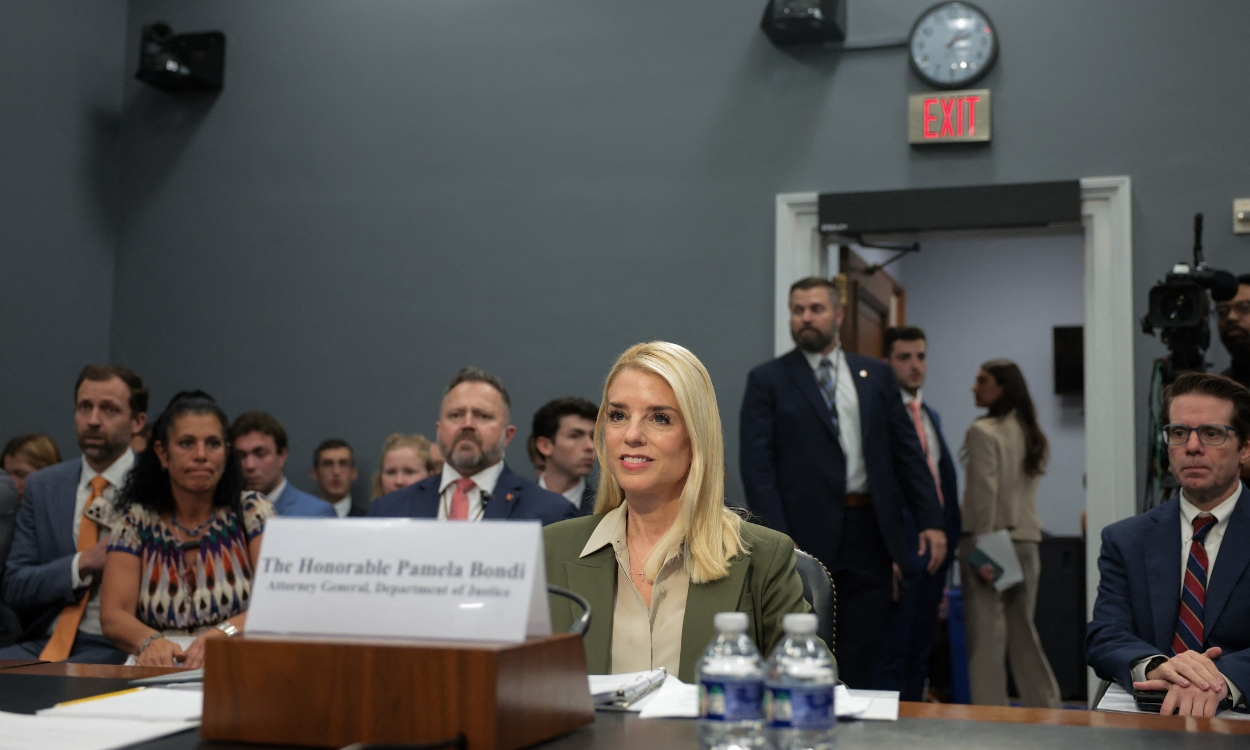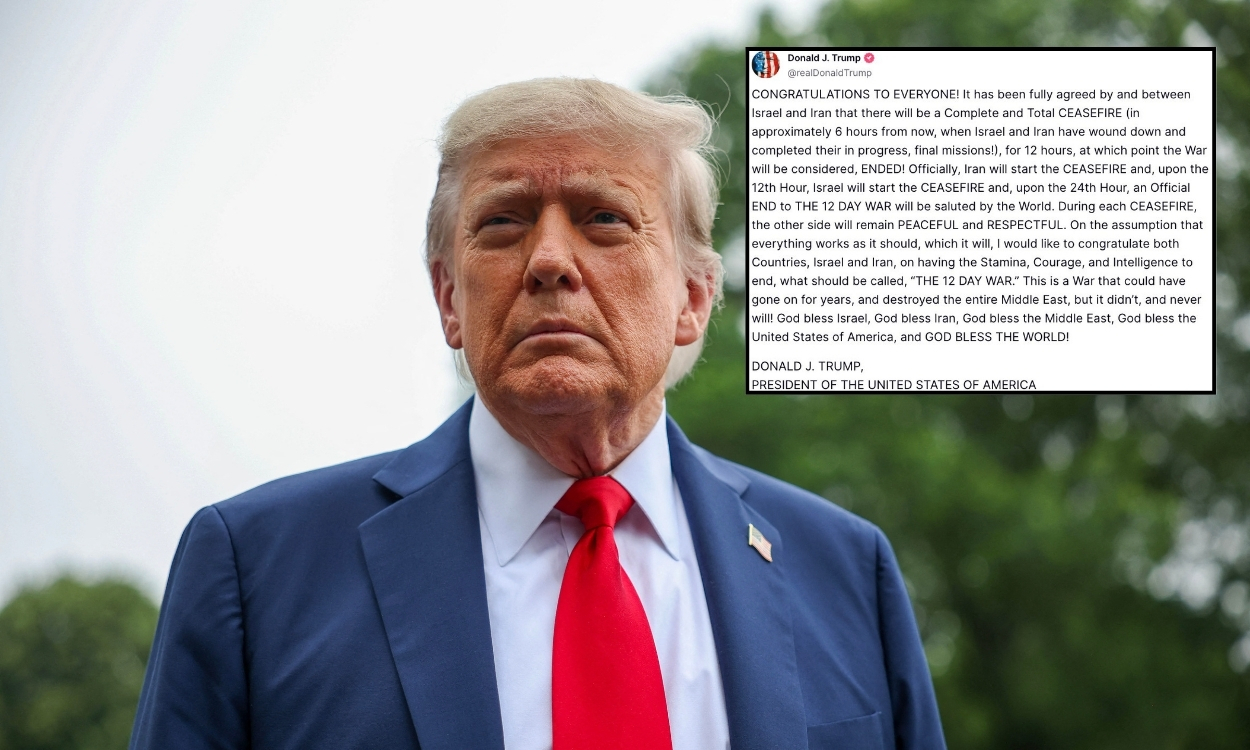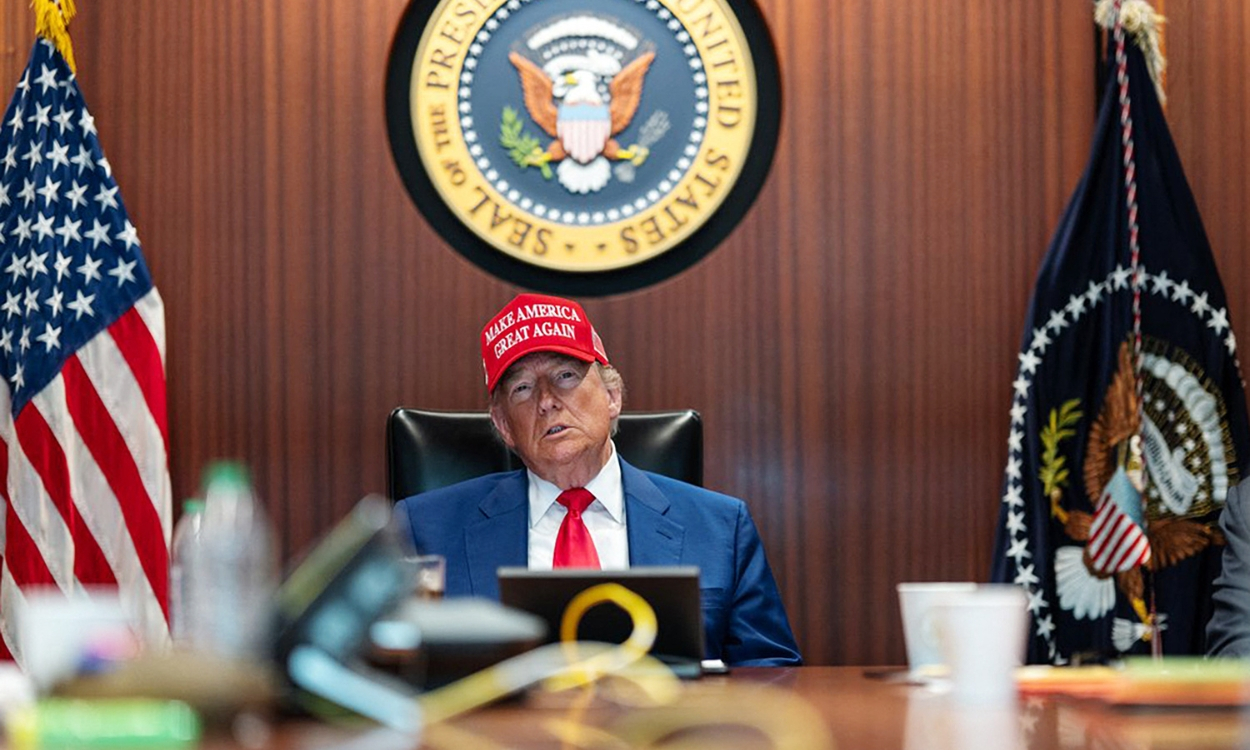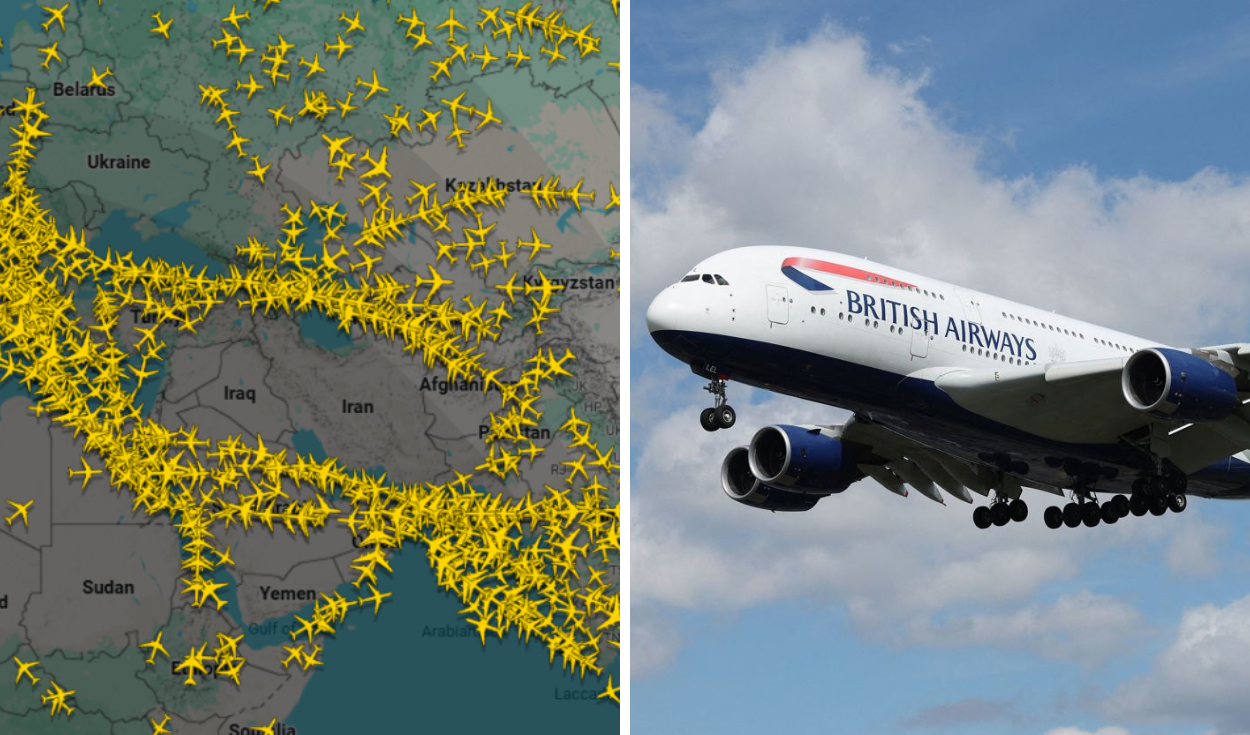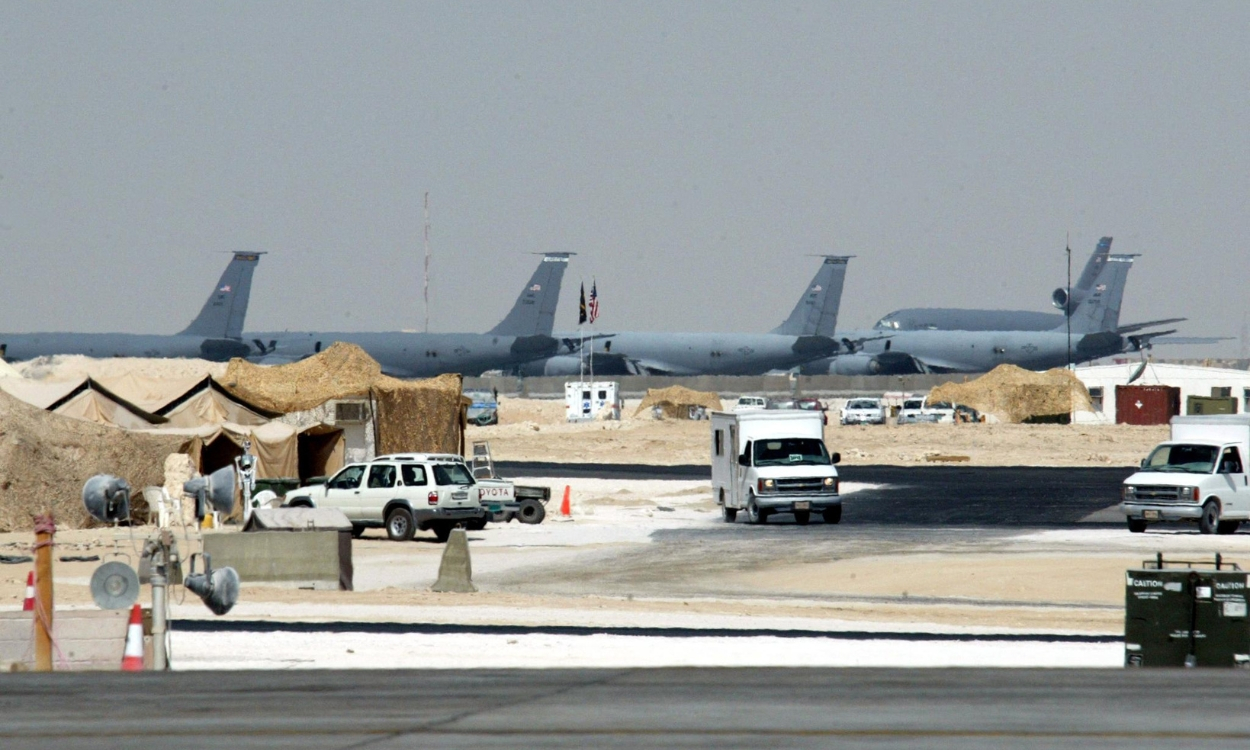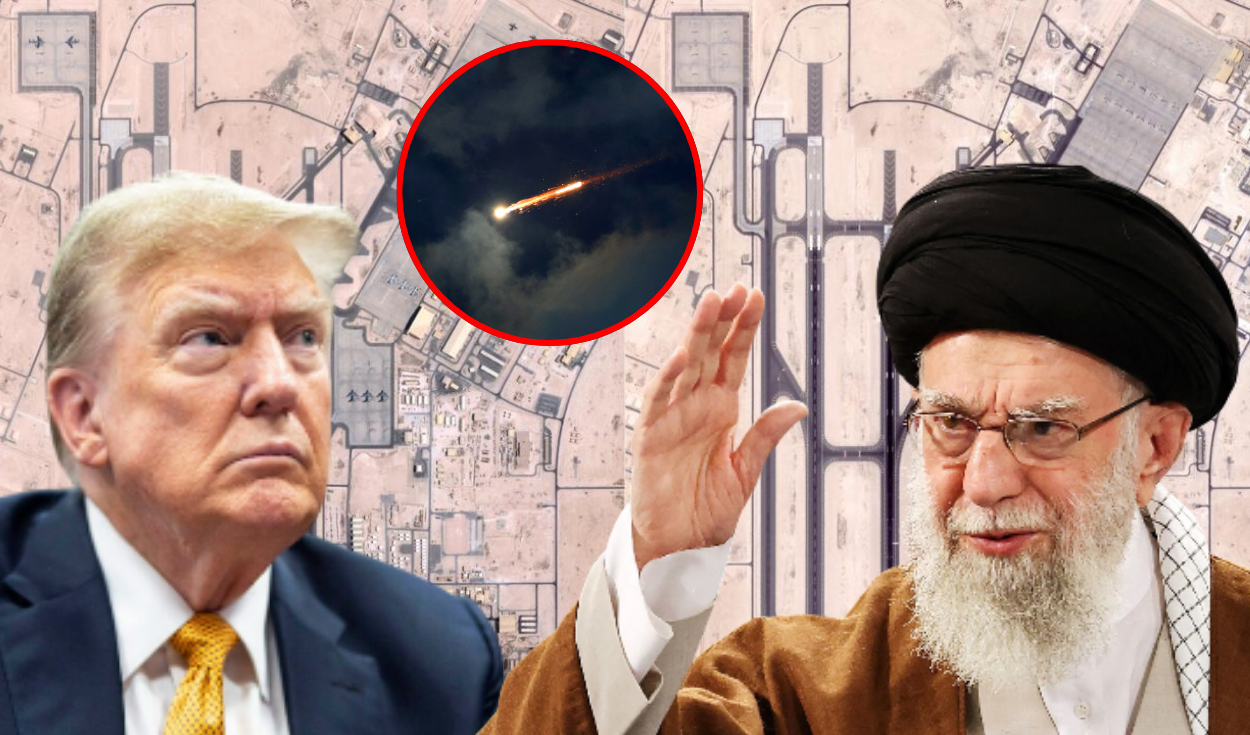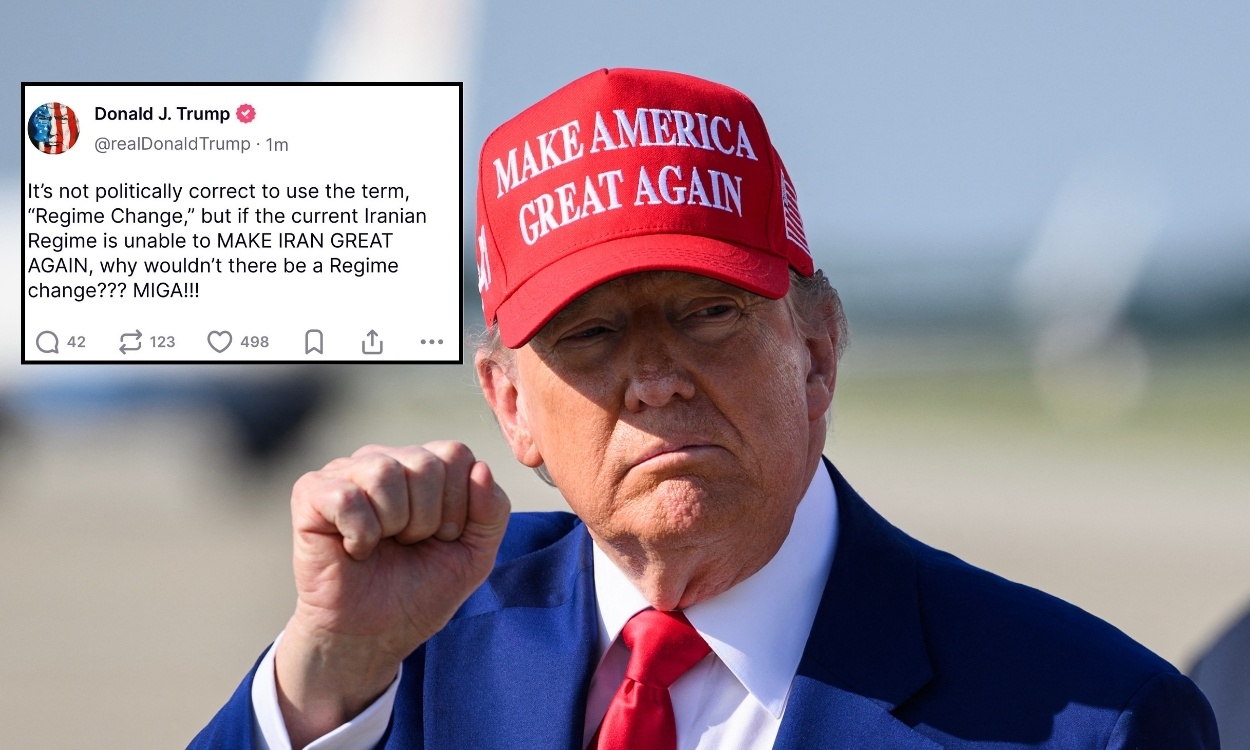U.S., China forge 90-day trade truce: What’s driving the agreement?
Amid rising global tensions, the U.S. and China hit pause on their tariff-driven trade war — but with power plays in Latin America and key industries still in the balance, this 90-day truce could either reset global trade or reignite the conflict.
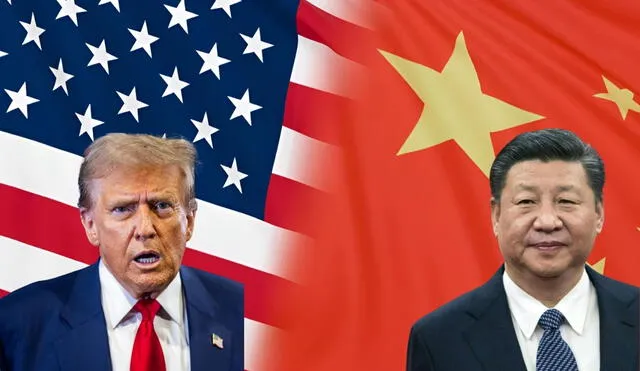
The United States and China announced a 90-day trade truce following intensive negotiations in Geneva. Under the agreement, the U.S. will reduce tariffs on Chinese imports from 145% to 30%, while China will lower its tariffs on American goods from 125% to 10%. Though these rates remain high historically, they represent a significant de-escalation in the ongoing trade conflict. This temporary pause aims to provide both nations with an opportunity to address underlying trade issues and prevent further economic strain. The agreement also includes the establishment of a permanent dialogue mechanism to facilitate future negotiations.
The truce comes amid mounting economic pressures in both countries. In the U.S., businesses and consumers have felt the impact of increased tariffs, leading to calls for relief. China, facing its own economic challenges, has shown a willingness to engage in dialogue to stabilize its trade relations. The mutual decision to ease tariffs reflects a recognition of the interconnectedness of their economies and the global market. Analysts view this development as a strategic move to prevent further economic downturns and restore investor confidence.

ALSO SEE: 44-year-old church volunteer jailed for molesting son's 13-year-old friend at birthday party
Partial Tariff relief boosts markets, but U.S.-China trade challenges persist during 90-Day truce
Despite the positive step, certain sector-specific tariffs, such as those on semiconductors, medical devices, aluminum, and steel, remain in place. These exceptions indicate that while progress has been made, significant challenges persist in resolving all aspects of the trade dispute. The U.S. has emphasized the need for structural reforms in China's trade practices, while China seeks assurances against future tariff hikes. Both sides acknowledge that the 90-day period is a window for substantive negotiations to address these complex issues.
The announcement of the truce had an immediate positive effect on global financial markets. Major indices such as the Dow Jones and S&P 500 experienced significant gains, reflecting investor optimism. The reduction in trade tensions also led to a strengthening of the U.S. dollar and a rise in oil prices. However, safe-haven assets like gold saw a decline, indicating a shift in market sentiment. While the market response is encouraging, experts caution that sustained growth depends on the successful resolution of trade issues during the truce period.
U.S.-China trade truce sparks Geopolitical ripples in Latin America amid global uncertainty
This temporary agreement also has geopolitical implications, particularly in Latin America. China has been strengthening its economic ties with countries in the region, challenging traditional U.S. influence. The truce may be part of a broader strategy by the U.S. to reassert its presence and counter China's growing influence. Engagements with Latin American leaders and discussions on trade partnerships are expected to intensify during this period. The outcome of these efforts could reshape economic alliances in the Western Hemisphere.

Leaders from the U.S. and China agree to a 90-day pause on new tariffs, offering a brief window for high-stakes trade negotiations. Photo: X
As the 90-day truce unfolds, the focus will be on the ability of both nations to negotiate a lasting resolution to their trade disputes. The success of these talks will have far-reaching consequences for global trade dynamics and economic stability. Stakeholders worldwide are closely monitoring developments, hopeful that this pause will lead to meaningful progress. The coming weeks are critical in determining whether this truce marks the beginning of a new era of cooperation or a temporary respite in a protracted trade war.

